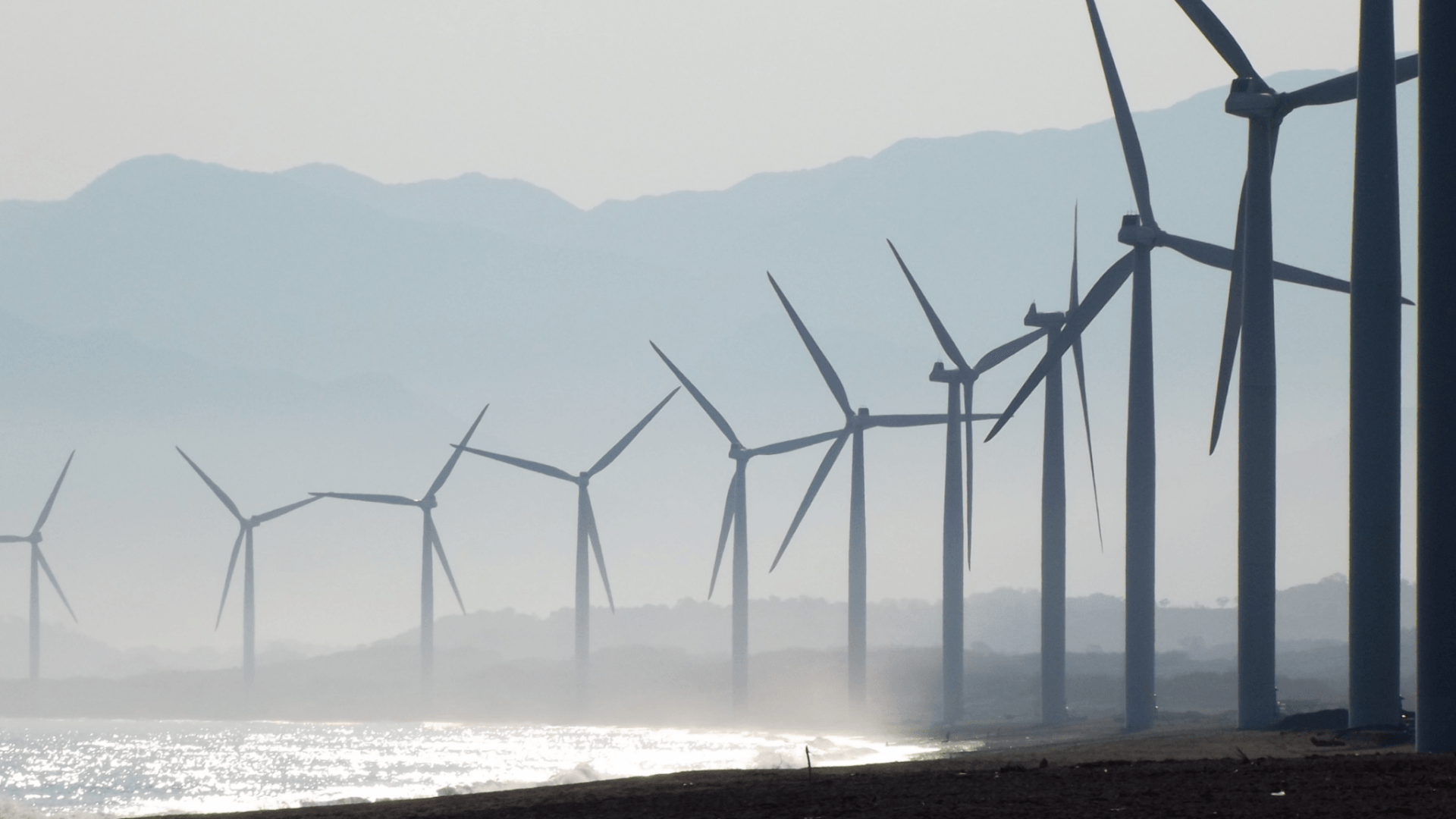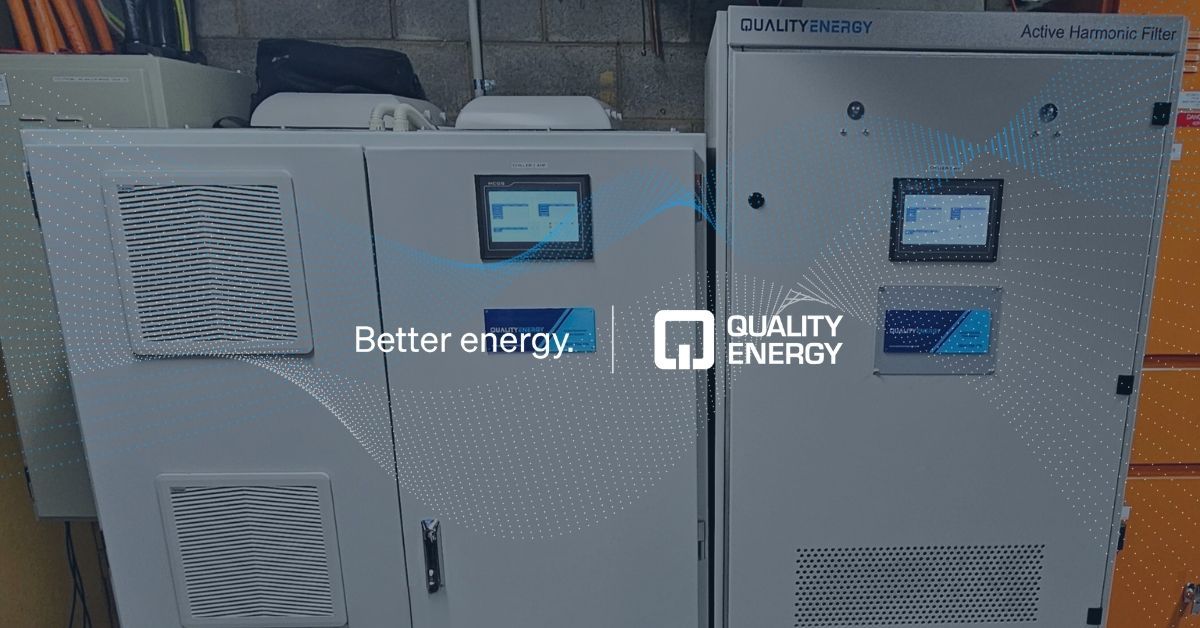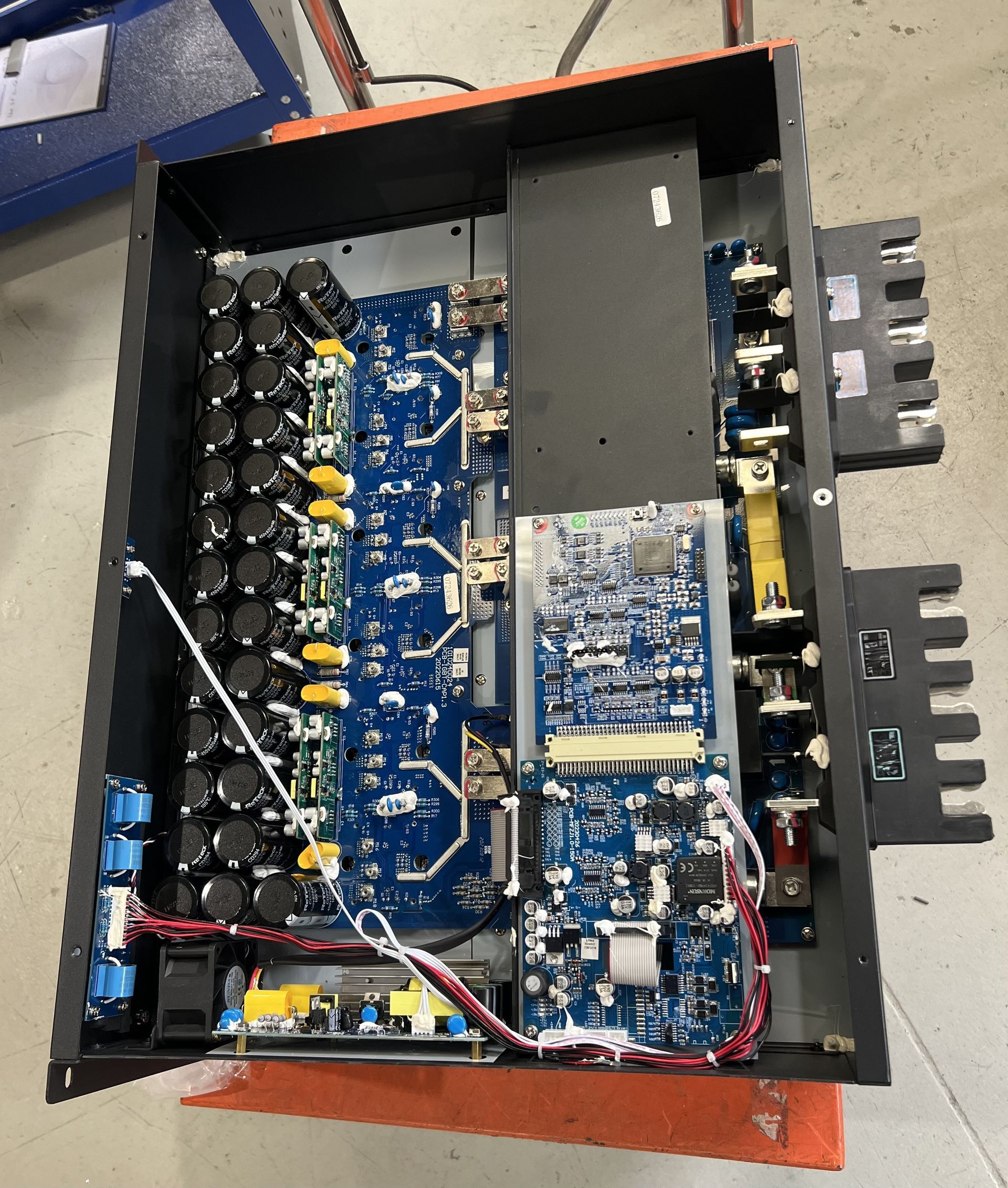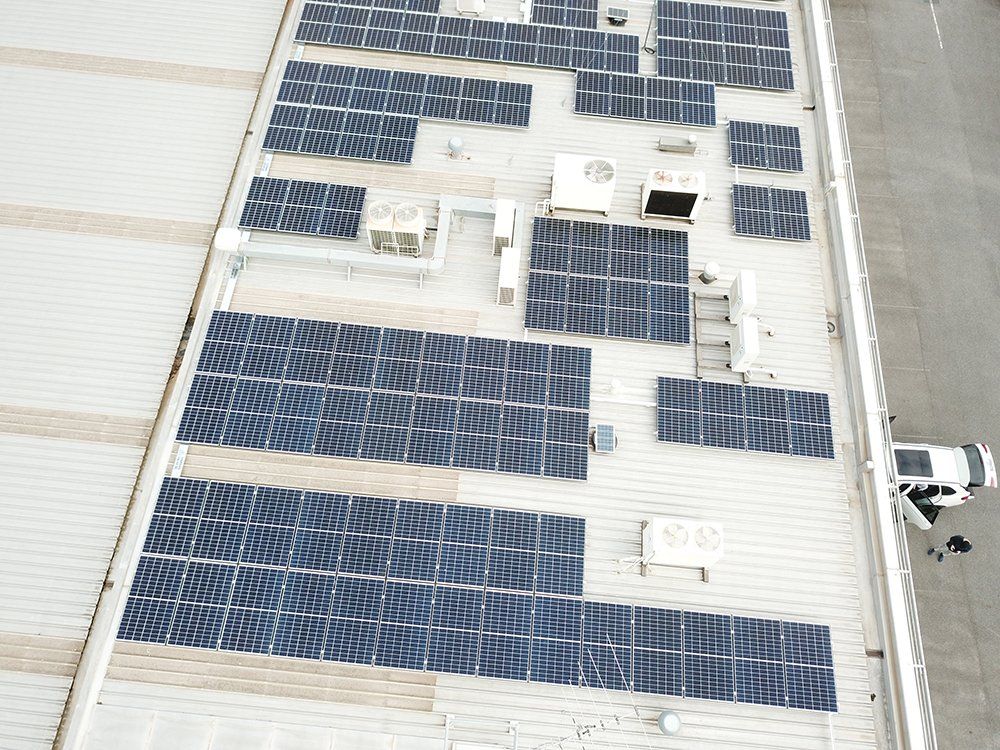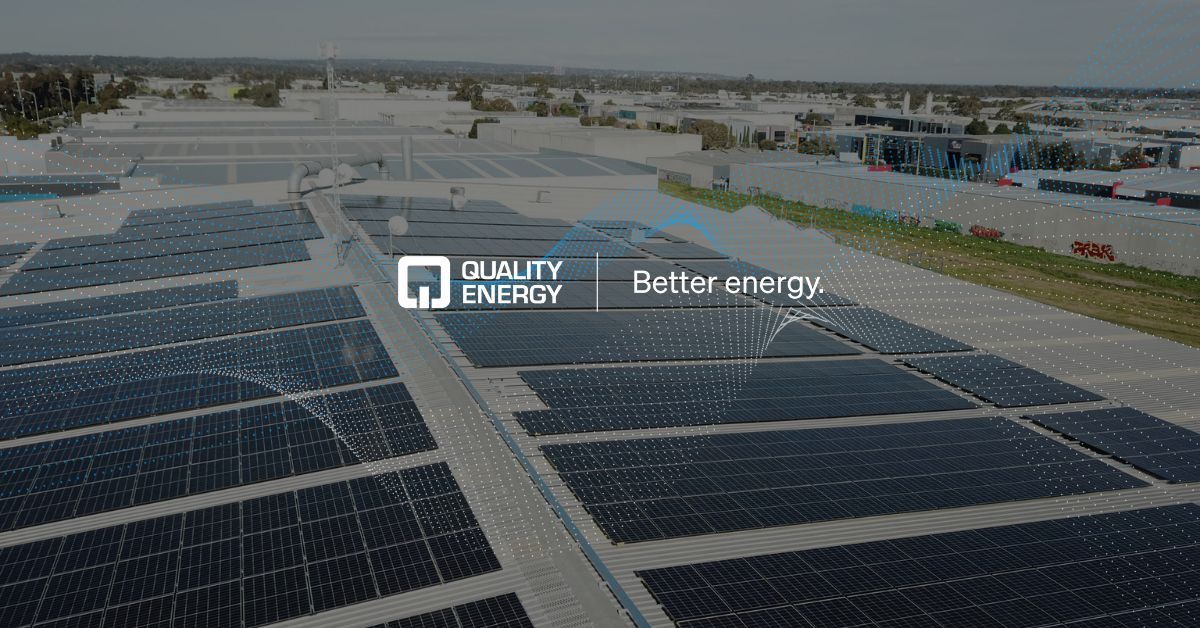Is Your Business Ready for a Zero-Carbon Future
On This Page:
- Introduction
- Global and National Context: Transition to a Carbon-Free Future
- Material Risks and Opportunities for Businesses
- Managing energy reduces both cost and emissions
- Understanding Your Carbon Footprint: Measurement and Reporting
- Carbon Accounting Fundamentals
- Tools and Technologies for Carbon Tracking
- Reporting and Disclosure
- Strategies for Emissions Reduction: A Holistic Approach
- Energy Efficiency and Optimisation
- Renewable Energy Adoption
- Supply Chain Decarbonisation (Scope 3 Emissions)
- Operational Process Improvements
- Innovation and Technology for Decarbonisation
- Heat pumps
- Batteries
- Advanced Materials and Sustainable Product Design
- Financial and Strategic Considerations
- Accessing Green Financing and Incentives
- Carbon Offsetting and Carbon Markets
- Integrating Decarbonisation into Business Strategy
- Building a Resilient and Sustainable Business Future
The global call for climate action has never been more urgent, and businesses, regardless of their size, are increasingly at the forefront of this transition. In Australia, the urgency is particularly high, given the impact of Climate Change on our natural and built environments.
Taking proactive steps towards a clean energy future is not merely an environmental need but a strategic business action, mitigating climate-related risks and building long-term resilience.
Global and National Context: Transition to a Carbon-Free Future
The Australian government has demonstrated its commitment to net-zero emissions by 2050. This plan emphasizes driving down technology costs, and increasing technology adoption, rather than imposing taxes, aiming to deliver economic advantages. This creates a supportive environment for Australian businesses to embark on their decarbonisation journeys.
Material Risks and Opportunities for Businesses
Beyond the environmental benefits, businesses are increasingly recognising the material risks that climate change poses to their operations, supply chains, and overall financial stability.
Extreme weather events, resource scarcity, and changing regulations can disrupt business continuity and impact profitability.
Conversely, embracing decarbonisation presents significant opportunities. Businesses that proactively reduce their carbon footprint can enhance their brand reputation, attract environmentally conscious customers and investors, improve operational efficiencies, and gain a competitive edge in a rapidly evolving market.
This shift is not just about compliance; it's about building a more resilient and sustainable business for the future.
Managing energy reduces both cost and emissions
In the short term, reducing energy waste and buying more renewable energy is the fastest and most cost effective way to reduce emissions. This is because the three largest sources of carbon emissions in Australia are Electricity, Gas, and Fuels.
Understanding Your Carbon Footprint: Measurement and Reporting
Before any meaningful reduction can occur, businesses must first understand their current environmental impact. This involves accurately measuring and reporting greenhouse gas (GHG) emissions, a process known as “carbon accounting”. This provides the data necessary to identify emission sources, set reduction targets, and track progress.
Carbon Accounting Fundamentals
Carbon accounting quantifies the greenhouse gas emissions produced directly and indirectly by an organisation's activities. To standardise this measurement, emissions are typically categorised into three 'scopes' as defined by theGHG Protocol, a globally recognised framework:
- Scope 1 Emissions (Direct Emissions): These are direct GHG emissions from sources owned or controlled by the company.Examples include emissions from company vehicles, on-site fuel combustion (e.g., natural gas for heating or industrial processes), and refrigerant leaks.
- Scope 2 Emissions (Indirect Emissions from Purchased Energy): These are indirect GHG emissions from the generation of purchased electricity, steam, heating, and cooling consumed by the company. While the emissions occur at the power plant, they are a direct consequence of the company's energy consumption.
- Scope 3 Emissions (Other Indirect Emissions): These encompass all other indirect emissions thatoccur in the value chain of the reporting company, both upstream and downstream. This can include emissions from purchased goods and services, business travel, employee commuting, waste generated in operations, transportation and distribution, and the use of sold products. Scope 3 emissions are often the most significant and challenging to measure due to their complexity and reliance on external data.



Understanding and accurately categorising these emissions is crucial for developing effective reduction strategies. In Australia, the National Greenhouse and Energy Reporting (NGER) Scheme provides a single national framework for reporting company information, aligning with international standards like the GHG Protocol.
Tools and Technologies for Carbon Tracking
Measuring a business's carbon footprint can be a complex undertaking, but a growing array of tools and technologies are available to simplify the process, particularly for SMEs and larger enterprises:
- Carbon Footprint Calculators: Many online calculators, such as those offered by theSME Climate Hub orCarbon Positive Australia, provide accessible starting points for businesses to estimate their emissions. While useful for initial assessments, more comprehensive solutions are often needed for detailed analysis.
- Carbon Accounting Software: Dedicated software solutions are becoming indispensable for accurate and efficient carbon tracking. These platforms help businesses gather emissions data, measure their carbon footprint, and generate reports. Examples of software used in Australia includeClimate Zero,NetNada, andAvarni, which offer features like data visualisation, compliance reporting, and integration with existing financial systems.
- MS Excel spreadsheets: For SMEs, carbon accounting doesn’t need to be that complex, and MS Excel can provide a more transparent way to understand, calculate and audit Carbon Footprints. Even many large companies use this approach.
Reporting and Disclosure
Beyond internal measurement, reporting and disclosing carbon emissions are becoming increasingly important for businesses. This transparency builds trust with stakeholders, demonstrates commitment to sustainability, and can even unlock new investment opportunities.
- Regulatory Requirements: In Australia, the NGER Scheme mandates annual reporting for large emitters. As the regulatory landscape evolves, more businesses may be required to report their emissions.
- Voluntary Frameworks: Many businesses choose to report voluntarily through frameworks like the Carbon Disclosure Project (CDP), which provides a global system for companies to measure and manage their environmental impacts. Participating in such initiatives demonstrates leadership and commitment to climate action.
- Transparency and Stakeholder Communication:
Clearly communicating carbon performance to customers, investors, employees, and the wider community is vital. This includes not only reporting emissions data but also outlining reduction targets, strategies, and progress. This transparency can enhance brand reputation and attract talent and investment aligned with sustainable values.
Strategies for Emissions Reduction: A Holistic Approach
Achieving significant carbon reduction requires a multi-faceted approach, addressing emissions across various aspects of business operations. This section outlines key strategies focusing on energy efficiency, renewable energy adoption, supply chain decarbonisation, and operational improvements.
Energy Efficiency and Optimisation
Improving energy efficiency is often the most cost-effective way for businesses to reduce their carbon footprint and operational expenses. It involves optimising energy consumption across all facets of a business.
- Energy Audits and Consumption Analysis: The first step in optimising energy use is to understand where and how energy is being consumed. Commercial energy audits and power quality auditing provide a detailed analysis of energy consumption patterns, identifying areas of waste and opportunities for savings.
- Optimisation of Energy use: Other impacts of energy consumption are also important. E.g. improve Power quality if it is causing downtime, reduce export of solar to the grid by installing batteries, or better manage loads on site to make the most of the changing network electricity tariffs. For fuel usage, the Electric Vehicle landscape is changing rapidly. With many more EV models to choose from, and green vehicle leases, this is a cost effective option.
- Upgrading Equipment and Facilities: Replacing outdated, inefficient equipment with modern, energy-efficient alternatives can lead to substantial reductions in energy consumption. This includes:
- HVAC Systems: Upgrading to high-efficiency heating, ventilation, and air conditioning (HVAC) systems and ensuring regular maintenance can significantly reduce energy use.
- Lighting: Switching to LED lighting can reduce lighting energy consumption by up to 50-80% compared to traditional incandescent or fluorescent lights. Government incentives and programs in states like NSW and Victoria often subsidise these upgrades for businesses.
- Smart Technologies and Building Management Systems (BMS): Implementing smart technologies and BMS can automate and optimise energy use in commercial buildings. These systems monitor and control various building functions, including lighting, HVAC, and security, to ensure optimal performance and energy efficiency.
Renewable Energy Adoption
Transitioning to renewable energy sources is a direct and impactful way to reduce Scope 2 emissions, which are associated with purchased electricity.
- On-site Solar and Other Renewable Installations: Many Australian businesses are investing in on-site solar power systems to generate their own clean electricity, reducing reliance on grid power and lowering energy costs. Integrating battery energy storage helps store unused power for peak demand, or evening use.
- Purchasing Renewable Energy Certificates (RECs) or Green Tariffs: For businesses unable to install on-site renewables, purchasing Renewable Energy Certificates (RECs) or opting for GreenPower tariffs allows them to support renewable energy generation and offset their electricity consumption. RECs, such as Large-scale Generation Certificates (LGCs) are a tradable commodity that represents a certain amount of renewable electricity generated. GreenPower is a government-accredited program that ensures the renewable energy purchased is added to the grid on behalf of the consumer.
- Renewable heat: for businesses that need heat, there are several options. (i) electrify through the use of heat pumps or electric heating, (ii) continue to use gas but make a decision to purchase renewable gas just like renewable electricity. Whilst this is still emerging, renewable gas comes from the conversion of organic materials like food waste, or agricultural waste to biogas and biomethane. In the near future it will be available for purchase from your electricity retailer, or you can buy unbundled "Renewable Gas Guarantees of Origin (RGGO)” from other parties.
- Power Quality Management (as a supporting measure for renewables): As businesses integrate more renewable energy and modern electronic equipment, maintaining good power quality becomes crucial. Poor power quality can lead to energy losses, equipment damage, and operational inefficiencies. Solutions include:
- Active Harmonic Filters (AHF): These devices mitigate harmonic distortions in electrical systems, which can cause overheating and energy waste.
- Power Factor Correction (PFC): PFC equipment improves the efficiency of electrical systems by reducing reactive power, leading to lower electricity bills and reduced carbon emissions.
- Uninterruptible Power Supply (UPS): UPS systems provide backup power during outages and protect sensitive equipment from power fluctuations, ensuring continuous operation and preventing data loss.
- Voltage Optimisation: This involves optimising the incoming voltage supply to a business to match the actual requirements of its equipment, reducing energy consumption and extending equipment lifespan.
Supply Chain Decarbonisation (Scope 3 Emissions)
For many businesses, particularly larger enterprises, the majority of their carbon footprint lies within their supply chain (Scope 3 emissions). Addressing these indirect emissions requires collaboration and strategic engagement with suppliers and partners.
- Engaging and Collaborating with Suppliers: Businesses need to work closely with their suppliers to identify and reduce emissions throughout the value chain. This can involve setting emission reduction targets for suppliers, providing support for their decarbonisation efforts, and fostering transparency in reporting.
- Sustainable Procurement Practices: Integrating sustainability criteria into procurement decisions is crucial. This means prioritising suppliers who demonstrate strong environmental performance, offer low-carbon products or services, and adhere to ethical and sustainable practices. The Australian Government has introduced an Environmentally Sustainable Procurement Policy to encourage sustainable procurement across Commonwealth entities, setting a precedent for the private sector.
- Logistics Optimisation and Green Transportation: Optimising transportation routes, modes, and logistics networks can significantly reduce emissions. This includes shifting to more fuel-efficient vehicles, exploring electric powered fleets, optimising load factors, and utilising intermodal transport where feasible. Quality Energy has helped businesses actively invest in green logistics solutions and electric vehicle chargers. Take a look at our case study for more information.
- Circular Economy Principles (Waste Reduction, Recycling): Embracing circular economy principles means moving away from a linear ‘take-make-dispose’ model to one that minimises waste and keeps resources in use for as long as possible. This involves designing products for durability and recyclability, reusing materials, and recovering valuable resources from waste streams.
Operational Process Improvements
Beyond energy and supply chain, optimising internal operational processes can yield substantial carbon reductions.
- Lean Manufacturing and Waste Minimisation: Applying lean principles, traditionally focused on efficiency and waste reduction in manufacturing, can also significantly reduce environmental impact. A study by Swinburne University shows by eliminating waste in processes, businesses can reduce energy consumption, material usage, and associated emissions.
- Digitalisation and Automation for Efficiency: Leveraging digital technologies and automation can enhance operational efficiency and reduce carbon emissions. This includes using data analytics to optimise processes, implementing smart sensors for resource management, and automating tasks to minimise human error and resource waste. For example, digital solutions can optimise production schedules, reduce energy consumption in data centres, and enable remote work, thereby cutting down on commuting emissions.
- Water Conservation and Management: While not directly a GHG emission, water consumption is often energy-intensive (e.g., for heating, pumping, and treatment). Implementing water-saving measures and efficient water management systems can indirectly contribute to carbon reduction by lowering associated energy use.
Innovation and Technology for Decarbonisation
Innovation and technological advancements are crucial enablers of the transition to a net-zero economy.
Heat pumps
Heat pumps are used in air conditioning and hot water systems. The produce temperatures up to ~90 °C using electricity, and with extremely high efficiency. In most cases, the save substantial cost, and are fully commercial today.
Batteries
Recent changes to Federal Government incentives mean that batteries for homes and SMEs batteries are more affordable than ever. If you have solar onsite (or capacity for more solar), then a subsidised battery may make sense to install.
Advanced Materials and Sustainable Product Design
Innovation in materials science and product design plays a vital role in reducing embodied carbon and promoting circularity. This involves developing and utilising materials with lower environmental impacts throughout their lifecycle, from extraction to disposal.
- Sustainable Materials: Research and development are focused on creating new materials that are renewable, recyclable, biodegradable, or have significantly lower embodied energy. Examples include advanced bioplastics, recycled composites, and low-impact metals.
- Eco-Design Principles: Businesses are increasingly adopting eco-design principles, which integrate environmental considerations into every stage of product development. This includes designing for durability, repairability, and ease of recycling, as well as minimising material usage and optimising manufacturing processes.
Financial and Strategic Considerations
Decarbonisation is not just an environmental endeavour; it is a strategic business decision with significant financial implications and opportunities.
Accessing Green Financing and Incentives
Governments and financial institutions are increasingly offering incentives and specialised financing options to support businesses in their decarbonisation efforts. These include solar power purchase agreements, green vehicle leases, and heat as a service. Many major Australian banks, including CommBank, and ANZ, offer green loans and sustainable finance products designed to fund energy-efficient upgrades, renewable energy installations, and other decarbonisation initiatives.Green financing can be boosted by state-level government grants and tradable incentives (such as ESCs, VEECs and ACCUs) which lower upfront costs and improve project returns.
Carbon Offsetting and Carbon Markets
While the primary focus should always be on reducing emissions directly, carbon offsetting can play a role in addressing residual emissions that are difficult to abate.
Carbon offsetting involves investing in projects that reduce or remove greenhouse gas emissions from the atmosphere elsewhere. In Australia, the Australian Carbon Credit Unit (ACCU) Scheme encourages projects that reduce emissions or store carbon, generating ACCUs that can be purchased by businesses to offset their emissions.
It is crucial to view offsetting as a complementary measure, not a substitute for direct emission reduction. The integrity and effectiveness of offset projects should be carefully evaluated.
For decarbonisation to be truly effective and sustainable, it must be integrated into the core business strategy, rather than being treated as a separate initiative.
- Setting Ambitious but Achievable Targets: Businesses should set clear, measurable, and time-bound decarbonisation targets. The Science Based Targets initiative (SBTi) provides a framework for companies to set emissions reduction targets in line with the latest climate science, ensuring their efforts contribute to limiting global warming to 1.5°C. Many Australian companies have already committed to SBTi.
- Employee Engagement and Training: Employees are critical to the success of any decarbonisation strategy. Engaging and educating staff on sustainability goals, energy-saving practices, and waste reduction can foster a culture of environmental responsibility and drive behavioral change across the organisation.
- Collaboration and Partnerships: The most effective net-zero path for Australian SMEs is built on practical partnerships: CEC-accredited electrification installers; energy retailers/aggregators (GreenPower/PPAs/demand response); accredited certificate providers (VEU/ESS/REPS/EEIS); CEFC-aligned lenders; carbon brokers for ACCUs; and advisory programs like Sustainability Victoria, CitySwitch, ecoBiz QLD, and BRC-A.
Building a Resilient and Sustainable Business Future
Net zero isn’t a slogan, it’s a sequence of practical steps your team can start this month.
Pull the last 12 months of electricity, gas and fuel data, baseline Scope 1–3 (a simple spreadsheet is fine), and action the no and low-cost wins first, such as load control, LED upgrades, and power factor correction.
Scope larger moves like solar and battery installation or upgrades, heat-pump electrification, EV charging and financing models like GreenPower or PPAs.
At Quality Energy, we help Australian SMEs end-to-end: audit and roadmap, business-case modelling, access to incentives (VEU/ESS, ACCUs) and green finance, then turnkey delivery and ongoing measurement and reporting.
Ready to cut costs and carbon with confidence? Speak with the Quality Energy team at qualityenergy.com.au to book a short consultation—we’ll identify quick wins and map a 12–36 month net-zero plan tailored to your site, budget and goals.
Wondering if we provide a list of companies that we work with to help businesses like Northmore Gordon?
Related news
